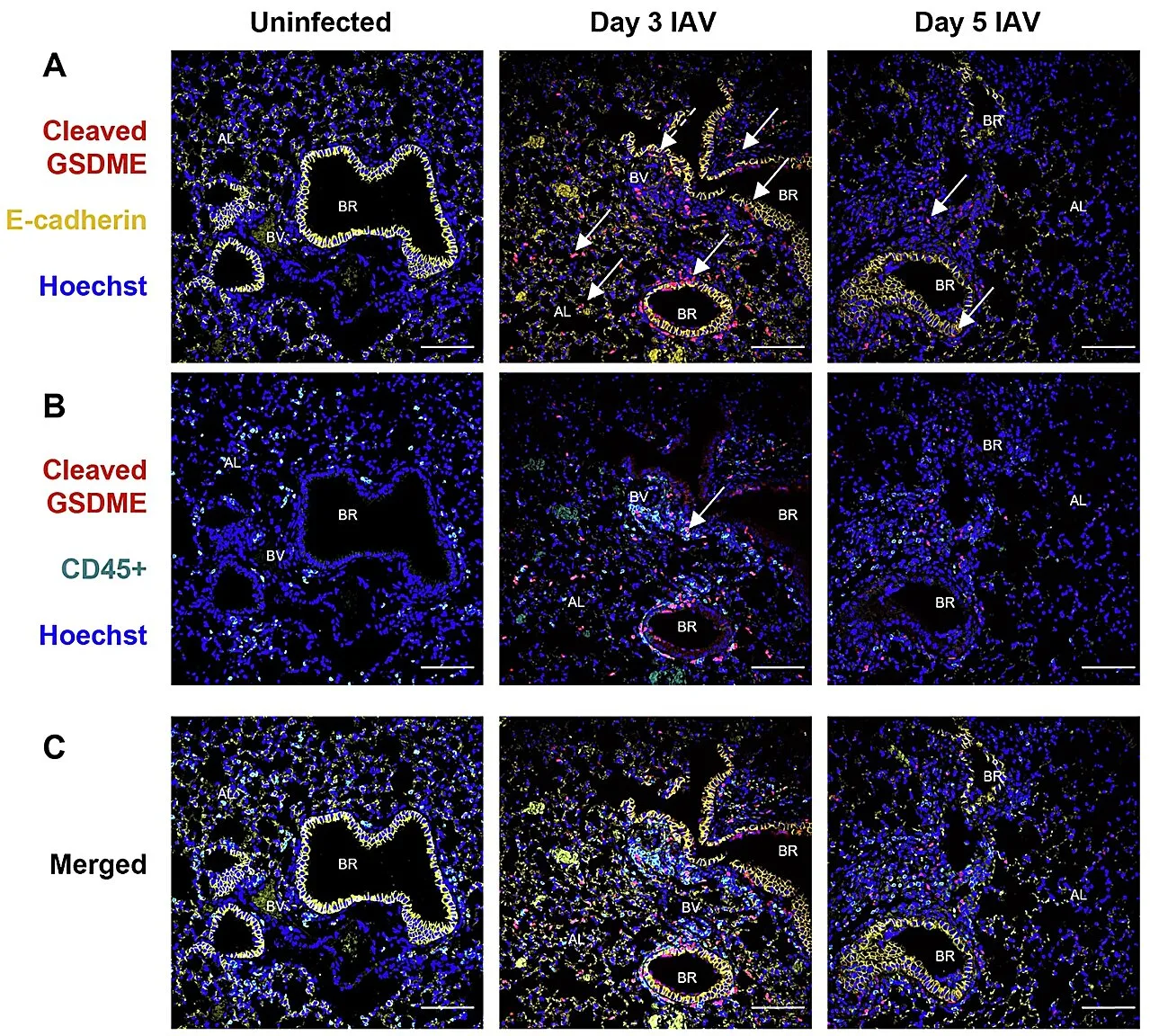Unlocking the Mystery: How Flu Devastates Lungs
The influenza virus, commonly known as the flu, can be a serious health threat, sometimes even fatal. For a long time, scientists have been trying to understand exactly how the flu virus inflicts such severe damage on the lungs. Recent research has finally shed some light on this critical question.
The Culprit: Inflammatory Response
The key to understanding the flu’s destructive power lies in the body’s own inflammatory response. When the flu virus infects the respiratory system, it triggers a powerful immune reaction. While this response is meant to fight off the virus, it can sometimes go into overdrive, causing significant harm to lung tissue.
How Inflammation Harms the Lungs:
- Fluid Buildup: Excessive inflammation leads to fluid accumulation in the lungs, making it difficult to breathe.
- Tissue Damage: Inflammatory cells release enzymes and other substances that can directly damage the delicate tissues of the lungs.
- Airway Constriction: Inflammation can cause the airways to narrow, further restricting airflow.
Understanding the Process
Researchers have identified specific molecules and pathways involved in the inflammatory cascade triggered by the flu virus. By understanding these mechanisms, scientists hope to develop more targeted therapies to prevent or reduce lung damage during a flu infection.
Key Findings:
- Specific immune cells, such as neutrophils and macrophages, play a significant role in driving the inflammatory response.
- Certain signaling molecules, like cytokines, contribute to the excessive inflammation.
- The balance between pro-inflammatory and anti-inflammatory signals is disrupted during severe flu infections.
Implications for Treatment
This new understanding of how the flu damages the lungs opens up exciting possibilities for treatment. Potential strategies include:
- Developing drugs that specifically target the inflammatory pathways involved in lung damage.
- Identifying biomarkers that can predict which patients are at risk of developing severe lung complications.
- Exploring new approaches to modulate the immune response and prevent excessive inflammation.
Final Overview
The mystery of how the flu causes severe lung damage is gradually being unraveled. By understanding the critical role of the inflammatory response, researchers are paving the way for more effective treatments and preventative measures against this common, yet potentially deadly, virus.




+ There are no comments
Add yours